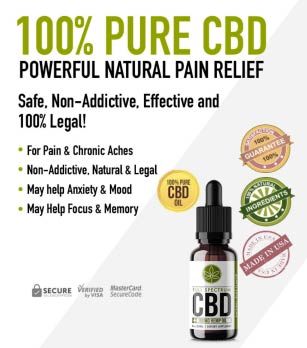Can Cannabis Be Used to Treat Opioid Addiction?
/By Pat Anson, PNN Editor
Canadian researchers – with funding from U.S. taxpayers – are proposing a novel treatment for opioid use disorder: Cannabis.
In a paper published in the journal Drug and Alcohol Dependence, researchers from the University of British Columbia (UBC) and the BC Centre on Substance Use (BCCSU) say cannabis could help people being treated for opioid addiction by reducing their risk of exposure to illicit fentanyl and other street drugs.
The finding is based on urine drug tests of 819 people being treated for opioid addiction in Vancouver, BC, the first major city in North America to experience an outbreak of fentanyl-related overdoses. Addiction treatment usually involves taking opioid agonist drugs (OATs) such as buprenorphine or methadone.
The researchers found that over half the participants (53%) tested positive for fentanyl, suggesting they were still using street drugs. Those who tested positive for THC -- the psychoactive compound in cannabis -- were about 10 percent less likely to have fentanyl in their urine.
"These new findings suggest that cannabis could have a stabilizing impact for many patients on treatment, while also reducing the risk of overdose," said lead author Eugenia Socías, MD, a clinician scientist at BCCSU. "With overdoses continuing to rise across the country, these findings highlight the urgent need for clinical research to evaluate the therapeutic potential of cannabinoids as adjunctive treatment to OAT to address the escalating opioid overdose epidemic."
Socias and her colleagues say cannabis may play an important role in keeping people in addiction treatment programs. Previous research at BCCSU found that drug users initiating OAT who used cannabis daily were about 21 percent more likely to be retained in treatment after six months than non-cannabis users. People who stay in treatment face much lower risks of dying from an overdose, acquiring HIV or suffering other harms of drug use.
‘Gateway Drug’
The research at UBC and BCCSU was funded, in part, by grants from the U.S. National Institute on Drug Abuse, which is part of the National Institutes of Health (NIH).
The NIH has taken a dim view of cannabis in the past, calling marijuana a “gateway drug” for some users, particularly adolescents. A 2015 study funded by NIH found that nearly a third of those who use marijuana develop some degree of marijuana use disorder.
“Whether smoking or otherwise consuming marijuana has therapeutic benefits that outweigh its health risks is still an open question that science has not resolved,” said Nora Volkow, MD, Director of the National Institute on Drug Abuse.
Public health officials in British Columbia have proposed some controversial solutions to the opioid crisis, including decriminalization of all illicit drugs. A treatment center in Vancouver currently provides diacetylmorphine -- prescription heroin – to drug users to keep them from using street heroin that is often laced with fentanyl, a synthethic opioid that is 50 to 100 times more potent than morphine.
The Canadian Institutes of Health Research recently approved funding for a pilot study in Vancouver to evaluate cannabis as an adjunct therapy to OAT.
"Scientists are only just beginning to understand the role cannabis might play in supporting people's well-being, particularly those who use other substances," said co-author M-J Milloy, PhD, the Canopy Growth professor of cannabis science at UBC. "This study will help us understand if and how cannabis might have a role in addressing the overdose crisis."

















